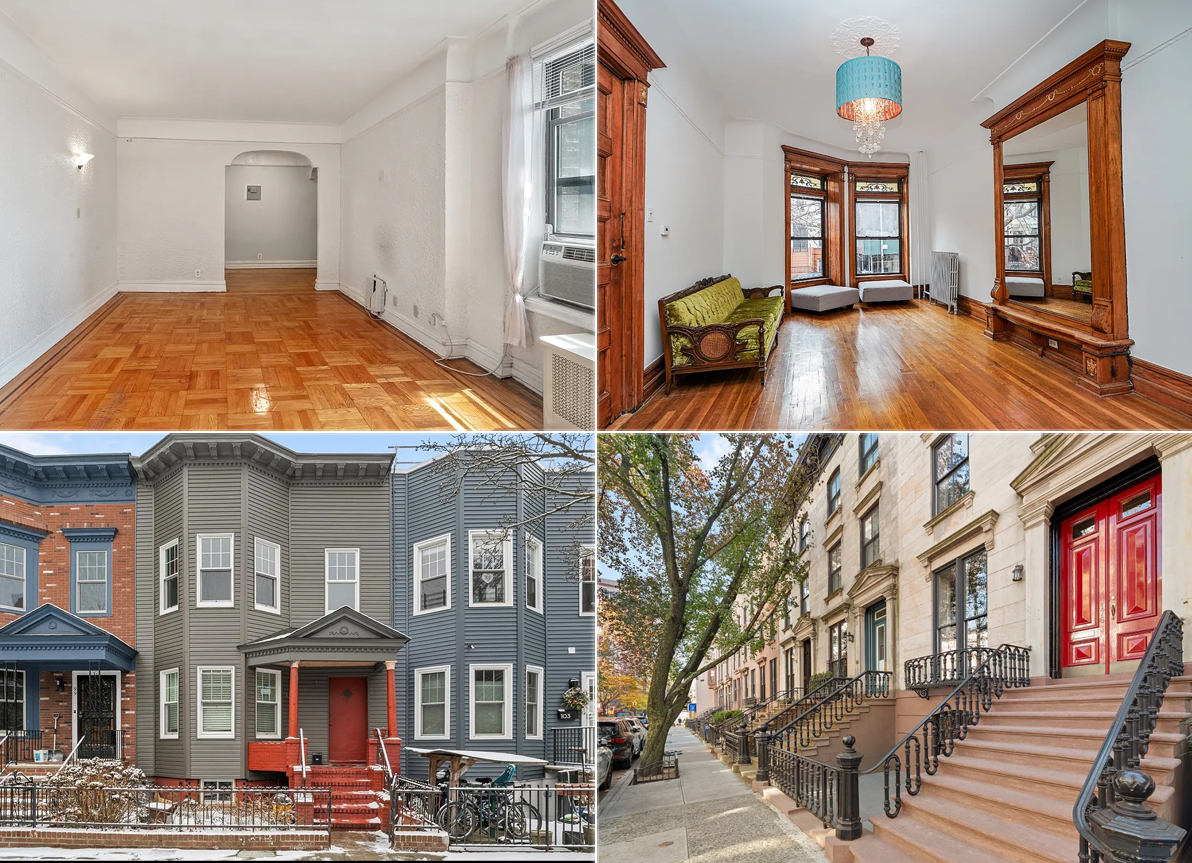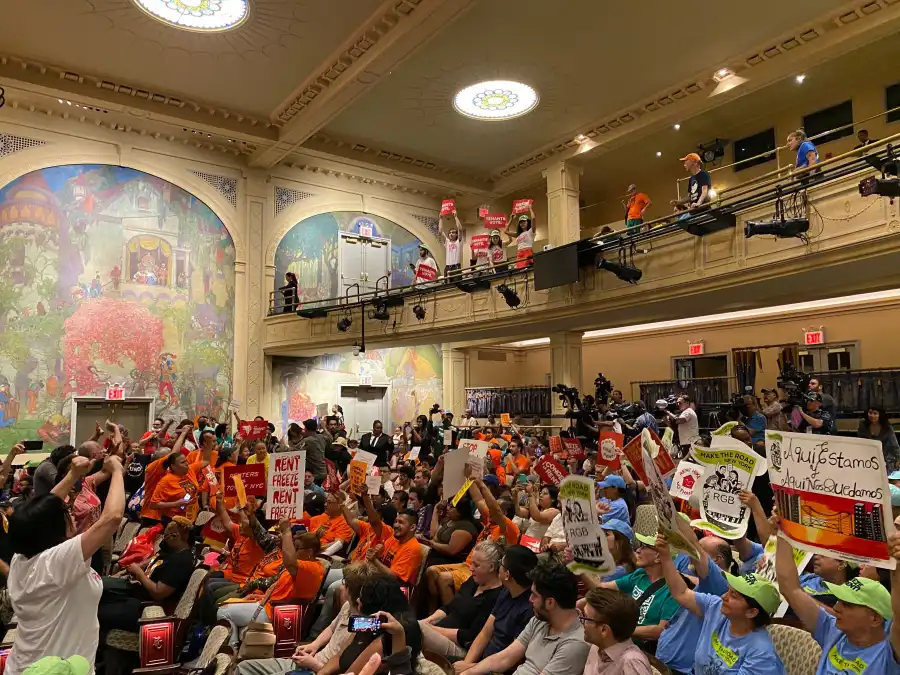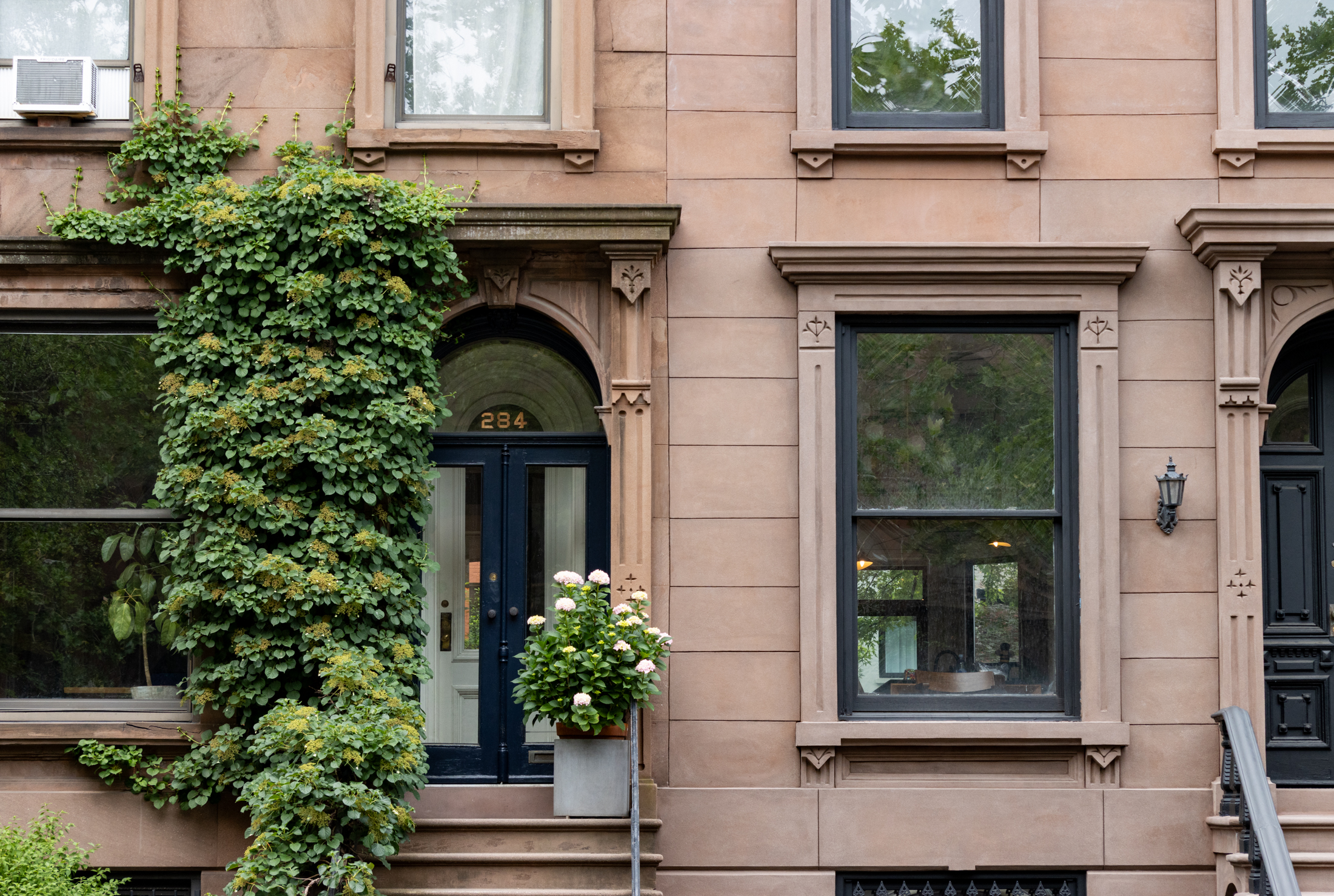Building of the Day: 76-78 Vanderbilt Avenue
(Photo: Sarah Westcott for Property Shark, 2005) Brooklyn, one building at a time. Name: Semi-attached houses Address: 76-78 Vanderbilt Avenue Cross Streets: Myrtle and Park Avenues Neighborhood: Wallabout Year Built: 1850-51 Architectural Style: Italianate with Queen Anne details Architect: James Brown (builder) Landmarked: Yes, part of Wallabout HD (2011) The story: As the 1800’s progressed,…


(Photo: Sarah Westcott for Property Shark, 2005)
Brooklyn, one building at a time.
Name: Semi-attached houses
Address: 76-78 Vanderbilt Avenue
Cross Streets: Myrtle and Park Avenues
Neighborhood: Wallabout
Year Built: 1850-51
Architectural Style: Italianate with Queen Anne details
Architect: James Brown (builder)
Landmarked: Yes, part of Wallabout HD (2011)
The story: As the 1800’s progressed, the Wallabout Bay area became one of Brooklyn’s fastest growing areas. This was because of jobs. Jobs in the new Navy Yard, at the piers, and for all of the related industries associated with the river, shipping and the sea. As the years passed, industry also discovered the area, as goods made in the factories of Wallabout could easily be shipped by river, road and later, rail. Then came the food related industries tied to the Wallabout Market. While the rich were building their suburban style homes on the hills rising away from the shore, the working people who made their living from the area settled in further down.
Real estate speculators also swooped in, buying up large tracts of land, which were further subdivided, and often bought by much smaller developers, who would then build one or two houses. Vanderbilt Avenue was paved by 1849, spurring rapid development. Builder James Brown bought these two lots, and in 1850, built this pair of semi-attached houses. The first owner of 76 Vanderbilt was a mariner named John Marschalk, his wife Anna Maria, and their children. They also had a live-in servant. 78 Vanderbilt’s original owners were John and Sarah Anne Halliard.
The little Italianate cottages were altered over the years. By the 1870’s through 1880’s, 76 Vanderbilt was owned by a successful decorative painter named John Herbold. It may have been he who had the imbricated, or overlapping, wood clapboard shingles added to the house. Next door at 78, the house had passed from the Hilliard’s to another mariner; Richard Ward, and his family and servant.
John Marschalk and Richard Ward were not the only mariners on the block. There were several others, including a sea captain, men working in other sea trades, as well as printers, clock makers, engravers, a silversmith, and other hard working artisans and craftspeople. As the 19th century passed into the 20th, many of these tradespeople were replaced by factory workers, and people connected with food industries, as the Wallabout Market and the many factories in the area provided steady and abundant employment.
But the end of World War II, and the closure of most of the factories took its toll on the street and neighborhood, and many of the small cottages were allowed to deteriorate. They had long ago been made into apartments. Running the BQE through the neighborhood in 1964 also lessened its desirability, as did the loss of the Myrtle Avenue El. But the block and these houses endured, even though many changes were made to their original appearance. Today, the Wallabout area is being celebrated for its survival and for retaining the early 19th century charm. These houses are but a small part of the large collection of mid-19th century wood framed houses that once housed the people who helped build Brooklyn. GMAP








What's Your Take? Leave a Comment